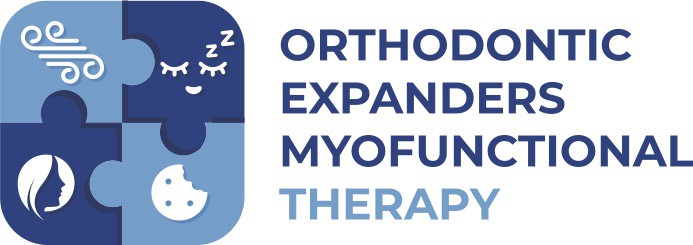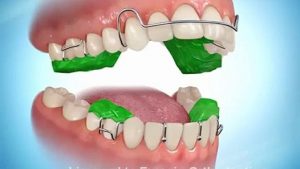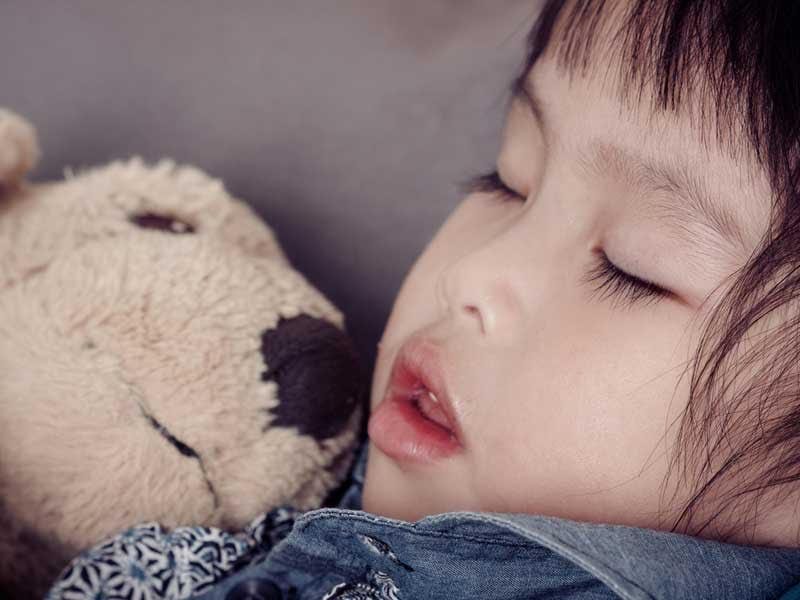Sleep Apnea Oral Appliances for Kids
If you have a child struggling with pediatric sleep apnea there are different palatal expander appliances that can cure the disease. The kids pediatric appliances stimulate the mouth and jaw spaces to grow larger and forward. Forward growth, also called “anterior growth”, allows the lower jaw to be positioned further out of the throat, so it is easier to breath at night time. At the end of treatment your child will sleep better, breath better and have a better bite. Most kids will also stop mouth breathing and have optimal nasal air flow.
Dental Appliances for Pediatric Sleep Apnea?
- Schwarz appliance
- ALF appliance
- Crozat appliance
- DNA appliance for older children and adults
- Myobrace
- Healthy Start.
How Sleep Apnea in Kids is Cured with Expanders?
The main goal is to increase the volume of the mouth and prevent obstructions of air flow to and from the lungs. The tongue is usually the biggest obstruction during sleep apnea episodes. During deep sleep, the tongue relaxes back onto other soft tissue in the throat such as tonsils and adenoids. When the tongue falls back onto other tissue in the back of the throat, airflow to the lungs is obstructed. Since the mouth and nasal passageways both share the same airway to the lungs, both nasal and mouth breathing are at least partially obstructed.
Symptoms of Sleep Apnea in Children
What warning signs should you be looking for in your child? If you spot any of the following signs or symptoms of child sleep apnea or behaviors below, you should contact Dr. Adams for a consultation.
- Family History of Sleep Apnea
- Dark circles under the eyes
- Mouth-breathing
- Frequent Dry Lips
- Snoring, Heavy or Noisy Breathing during sleep
- Night Terrors
- Bed wetting
- Clenching Teeth during Sleep
- Hard to wake up in the morning
- Dry mouth at night
- Falling asleep at school or when riding in the car
- Crooked teeth
- Chronic runny or stuffy nose
- Chronic ear infections
- Sinusitis
- Hyperactive behavior and poor focus
ADHD Symptoms is Common in Kids with Sleep Apnea
Children with sleep apnea and sleep disordered breathing often have ADHD-like symptoms. They also appear to suffer from behavioral and learning issues. When in reality, they are just not getting a good night’s sleep. Before jumping to conclusions that your child has a mental diagnosis, see if your child has any of the listed symptoms. Don’t immediately reach for an Adderral prescription. We should first examine how well our children are breathing and sleeping first. Early detection and preventative treatment of pediatric OSA is best. Adult OSA and bruxism is much more difficult to correct.
Steps to Airway Orthodontic Treatment
Airway Orthodontics can greatly improve your child’s life and long-term health prognosis. Conventional orthodontic wisdom has recommended that a child first have an orthodontic evaluation at age 7, but not treat until age 12. That is too late. 90% of facial growth is done by age 11-13. A child should be seen at 1-2 years of age, then again at 4-5 and as necessary thereafter. Some children may need no treatment at all and others may need multiple phases of treatment including:
- tongue tie release and therapy
- baby teeth expanders
- adult teeth expanders
- straightening and finishing with braces or Invisalign
Poor Sleep in Kids Causes Irreversible Damage
Research is showing that the neurological and physical effects of mouth-breathing and sleep disordered breathing in children are not always reversible. At Maryland Holistic Dentistry, Dr. Adams wants to see kids when the first tooth breaks through the gum tissue and no later than age 1 or 2. Even earlier if they are having feeding issues as that can lead to poor oral muscle function and facial growth. This way, we can monitor your child closely and correct poor habits early and help direct good facial growth that contributes to healthy airways, better breathing and a healthier and more successful life. We are finding that with early treatment (sometimes as early as age 3) and with motivated parents and patients that very few “braces” are needed after all the adult teeth arrive.
Behavior Problems in Kids Can Be Related to Poor Sleep
The Way Your Child Breathes Can Determine How They learn, behave and perform intellectually and physically. We all know how much children need sleep. Children, like adults, need to breathe well while asleep for their sleep to be restorative. Even more importantly, kids need the deep restorative sleep that promotes optimal brain development. When the brain feels like the next breath may never come, it turns on all the body’s survival instincts, like an increased heart rate, pressure and release of adrenaline, also known as the “flight or fight” response. This causes the body’s immune responses to run wild and creates inflammation throughout the whole body. For children, this chronic state of alarm on the body and brain- along with lack of oxygen and occurrence of sleep fragmentation – can lead to symptoms of ADHD, learning disabilities, anxiety, depression, lack of social coping skills and peer related problems. They are often suffering from sleep deprivation.



